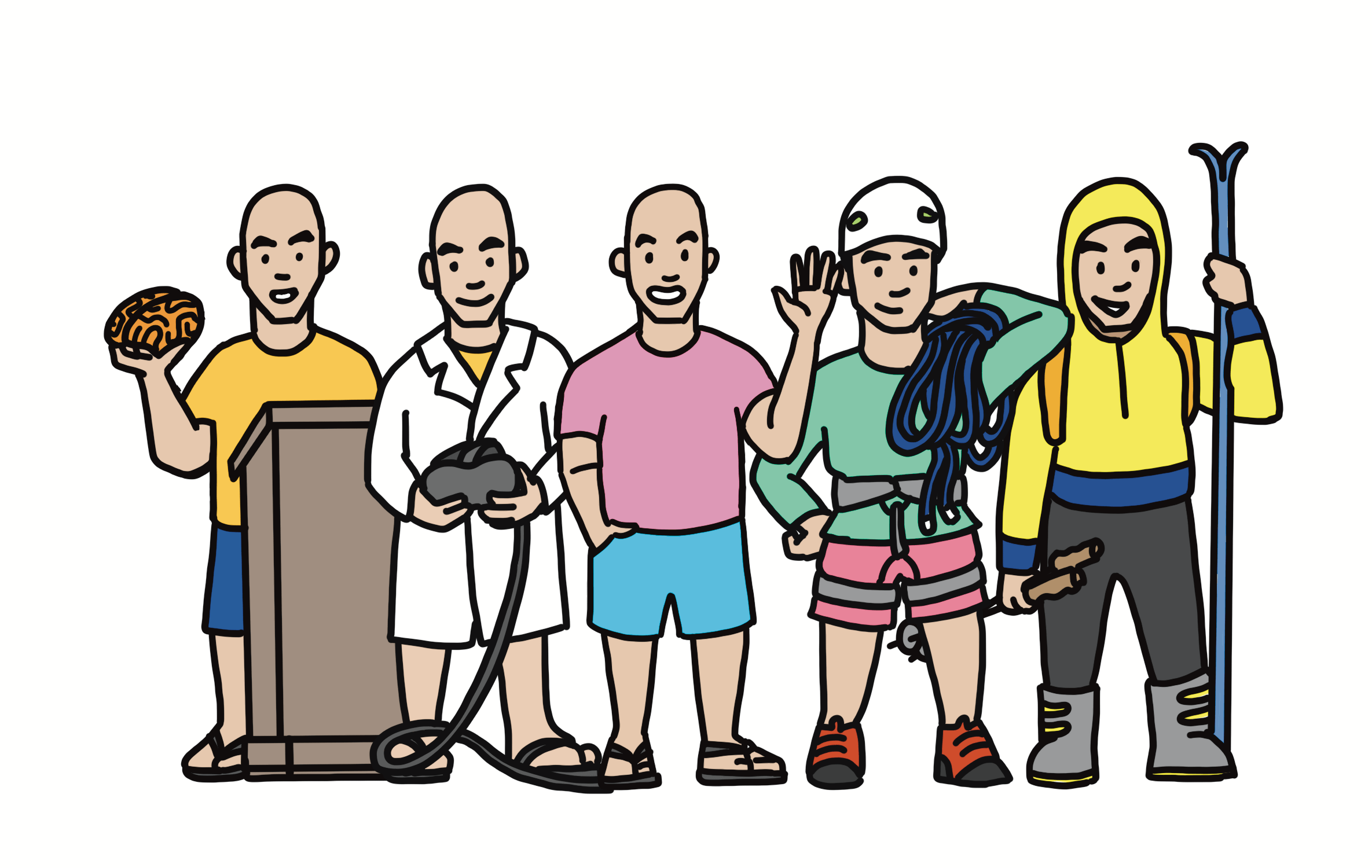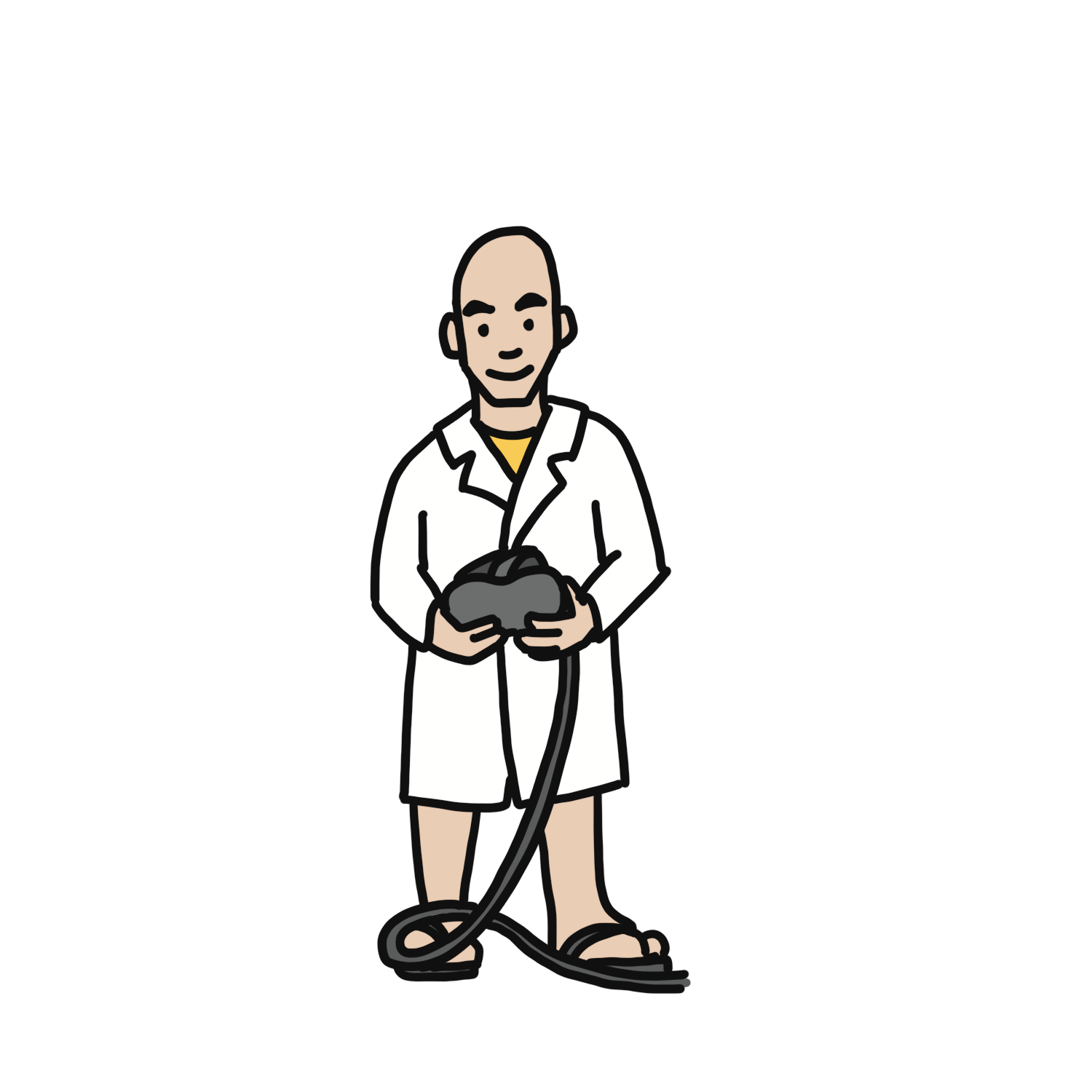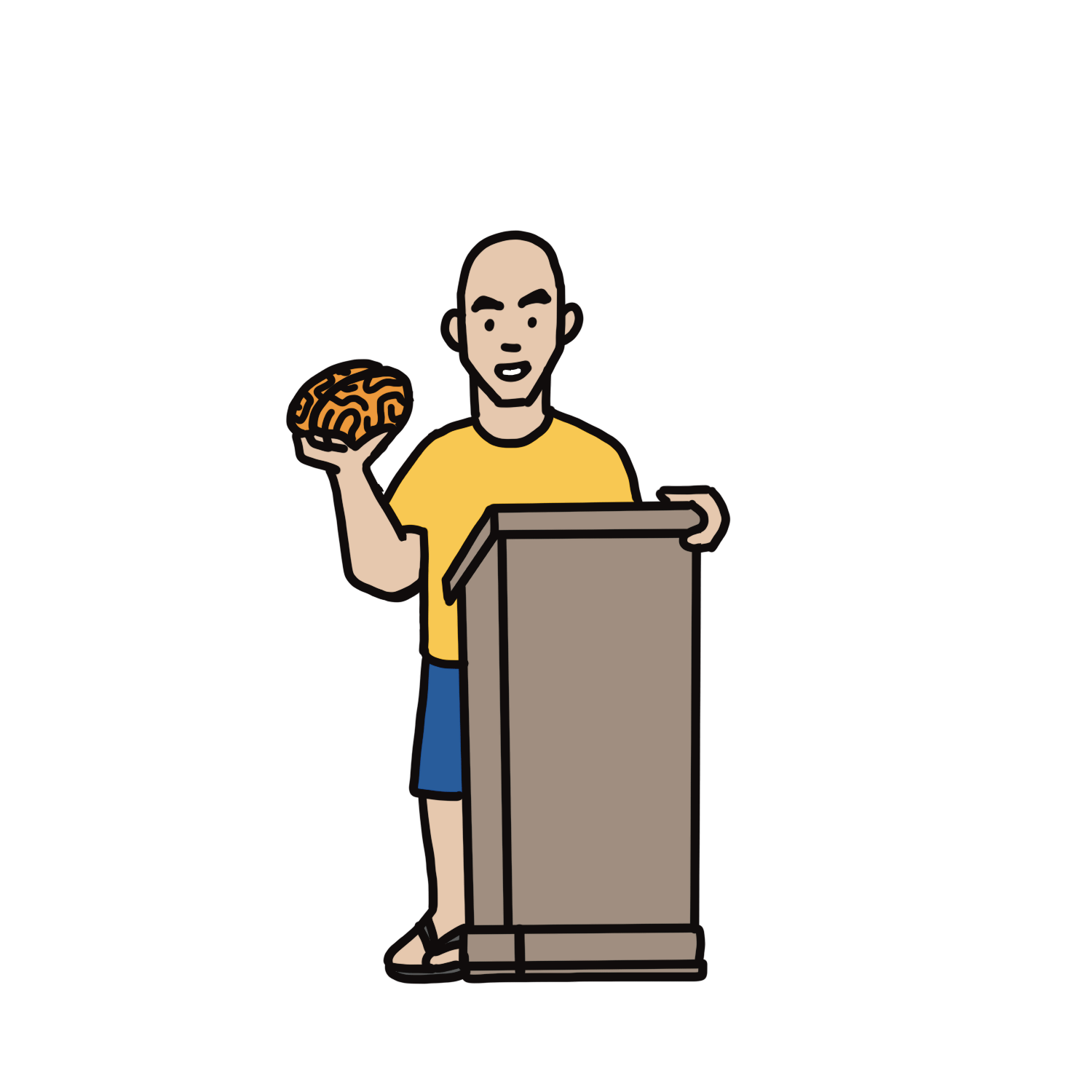


I'm on the job market looking for a tenure-track position to lead a research group working on data visualization, virtual reality psychophysics, and open-source tool development for neuroscience with close collaborations with experimentalists. Please get in touch if you think you have a position that fits!
Right now, I am a Washington Research Foundation Postdoctoral Fellow in the lab of Nick Steinmetz at
© Dan Birman 2023-Present . Code

In the past, I studied visual attention using functional MRI, electrophysiology, and widefield calcium imaging. I now lead the Virtual Brain Lab, where we are developing intuitive and interactive 3D visualization tools for neuroscience.
The scale of modern rodent neuroscience is quickly expanding beyond the capabilities of even expert experimentalists. Pinpoint brings together large-scale anatomical atlases in an intuitive 3D environment to help experimentalists plan complex multi-probe insertions. You can learn more at Pinpoint's website
Neuroscience needs tools that allow researchers to quickly explore their data in its anatomical context. Urchin's intuitive API enables users to plot their data in an interactive 3D space with minimal effort. This project is just starting. You can learn more at Urchin's website
This project is just starting, the goal is to develop a modern 3D and virtual reality experiment framework for human, non-human primate, and rodent Psychophysics.
As I've shifted to tool development, I've started to also focus more on collaborations with experimentalists whose research I can help accelerate. With the International Brain Laboratory I have helped support multiple large-scale collaborative papers, as well as build powerful interactive visualization tools for exploring large datasets
With the IBL visualization team we've developed an interactive data exploration site for the upcoming electrophysiology atlas. You can check it out now: Ephys Atlas website
Preprint coming soon...
In the meantime, you can explore the raw data on our interactive website
I've supported the development of the reproducible electrophysiology project's interactive data exploration website, check it out here: reproducible ephys website
In my research I've often build computational models that link behavior and physiology. In my most recent attention project, we developed a model of spatial attention using a convolutional neural network. What we found was that changes in tuning, such as shifts or shrinkage of receptive fields, don't account well for changes in task performance in a neural network. This suggests that they might also not be responsible for performance enhancement in human spatial attention.
As a graduate student working with Justin Gardner one of my major projects involved looking at how we can use motion visibility to understand how the brain "reads out" from sensory representations during perceptual decision making.
In 2013 I lived in Berlin and worked in the lab of John-Dylan Haynes on this project.
We have an intuition that we "commit" to a decision at a specific moment. Despite this intuition early neuroscience researchers found that brain activity becomes predictive of our intentions far in advance, sometimes up to 10 seconds. In this experiment we showed that in reality the point of no return, after which an action is guaranteed to happen, occurs only about 200 ms before motor activity. Until the point of no return the brain has not committed with no possibility of cancelling.
Schultze-Kraft, M.*, Birman, D.*, Rusconi, M., Allefeld, C., Görgen, K., Dähne, S., ... & Haynes, J. D. (2015). The point of no return in vetoing self-initiated movements. Proceedings of the National Academy of Sciences, 201513569. *Equal author contribution. at hayneslab
![]()

I have taught both introductory and upper-level neuroscience courses for undergraduates and graduate students. Among the highlights have been teaching a course I co-designed from scratch "Vertical Neuroscience" using rock climbing to introduce concepts in sensory and motor neuroscience, as well as leading a team of graduate and undergraduate teaching assistants for a 250-student introductory neuroscience class.
Instructor: Daniel Birman
Instructors: Daniel Birman, Corey Fernandez
Instructor: Justin Gardner
Head TA: Daniel Birman
2019 TAs: Akshay Jagadeesh, Minyoung Lee, Jon Walters, Ian Eisenberg, Josiah Leong, Kawena Hirayama; Undergraduate TAs: Megumi Sano, Graham Todd, Greg Weaver, Vinh Ton, Kendall Costello, Michael Ko
2018 TAs: Akshay Jagadeesh, Minyoung Lee, Guillaume Riesen, Jon Walters; Undergraduate TAs: Emma Master, Stephanie Zhang, Kawena Hirayama, Henry Ingram, Storm Foley
2017 TAs: Minyoung Lee, Lior Bugatus, Zeynep Enkavi, Mona Rosenke, Guillaume Riesen
2016 TAs: Anna Khazenzon, Natalia Velez, Anthony Stigliani, Rosemary Le
Instructors: Russ Poldrack, Justin Gardner
TA: Daniel Birman
Instructors: Ewart Thomas, Benoit Monin
TAs: Daniel Birman, Stephanie Gagnon, Robert Hawkins